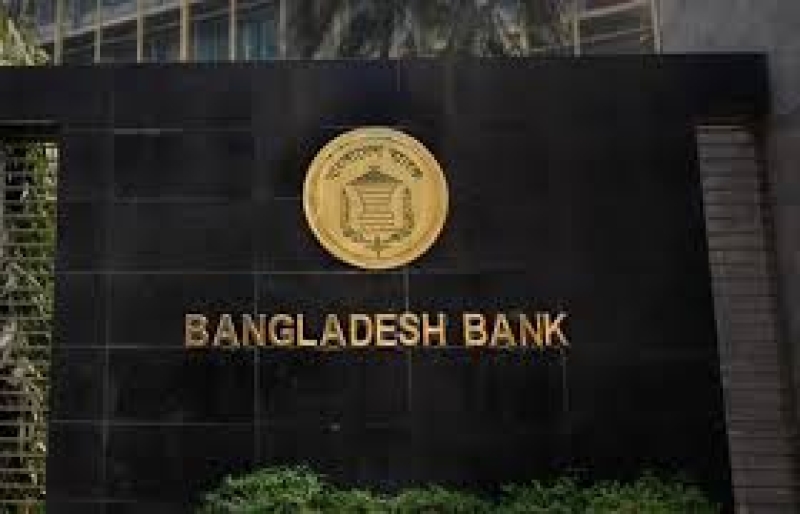- Israeli military operation displaces 40,000 in West Bank |
- Pak, Saudi agree to convene OIC FMs meeting over Gaza |
- UN HR Office news confce on Bangladesh July protests Feb 13 |
- Most nations miss deadline for plans to fight climate change |
- Member States differ on response to US withdrawal from WHO |
BB to Maintain Tight Stance, Targets 7-8% Inflation by June

Bangladesh Bank (BB) will continue its 'tight' stance in the Monetary Policy Statement (MPS) for the second half (H2) of fiscal year 2024-25 (FY25), aiming to reduce inflation to 7-8% by June 2025.
BB Governor Dr. Ahsan H. Mansur emphasized that the key objectives of the MPS are to control inflation, stabilize the foreign exchange market, build BB's foreign exchange reserves, and tackle the growing issue of non-performing loans in banks and financial institutions. He reassured that despite global and domestic challenges, BB remains committed to a stringent monetary policy for the second half of FY25.
Speaking at a press conference, Dr. Mansur expressed confidence that, through BB’s firm policy measures and collaboration with stakeholders, inflation would decline to 7-8% in the near future, with a further reduction to 5% by FY2025-26.
According to the Bangladesh Bureau of Statistics (BBS), the country’s general inflation rate slightly decreased to 9.94% in January 2025, down from 10.89% in December 2024.
Deputy Governor Dr. Md Habibur Rahman added that in response to recent inflation data, the central bank will maintain its policy rate at 10.0%. The Standing Lending Facility (SLF) rate will remain at 11.5%, and the Standing Deposit Facility (SDF) rate will stay at 8.5%, setting a policy rate corridor of ±150 basis points.
Dr. Rahman outlined that BB expects inflation to continue to decrease, supported by measures taken by monetary and fiscal authorities, exchange rate stability, global commodity price moderation, and a boost in agricultural output, particularly rice and other crops. He assured that BB would closely monitor inflation trends and adjust interest rates and liquidity measures as necessary.
In terms of exchange rate management, Dr. Rahman explained that BB has implemented a crawling peg exchange rate system to promote both flexibility and stability in the foreign exchange market. This system will eventually transition to a more flexible exchange rate regime, with BB halting foreign exchange sales in the interbank market to support rate stability.
The central bank has also introduced a methodology for calculating and publishing the Foreign Exchange Spot Reference Exchange Rate (RR) twice daily, a measure aimed at strengthening remittance inflows, boosting exports, and increasing foreign exchange reserves.
As part of ongoing banking reforms, BB and the government are focused on addressing systemic issues in the banking sector. This includes initiatives to enhance governance, restore stability, and rebuild trust in the banking system, particularly through measures identified in the Asset Quality Review (AQR).
The reforms also aim to tackle long-standing economic challenges, including both domestic and external sector imbalances. BB is committed to implementing comprehensive strategies to restore macroeconomic stability, lower inflation, and lay the foundation for sustainable economic growth.
In the context of political changes following the 5 August 2024 student-led uprising, which led to the resignation of an authoritarian regime, BB sees an opportunity for critical financial sector reforms to support economic recovery. The central bank has already launched several key initiatives, including establishing three taskforces focused on: (i) conducting a comprehensive asset quality review of banks, (ii) improving BB’s regulatory capacity, and (iii) recovering stolen assets both domestically and internationally.
This edition of BB's half-yearly MPS outlines the central bank's monetary policy approach for the second half of FY25, taking into account current political, economic, and global conditions, as well as first-half economic data.

